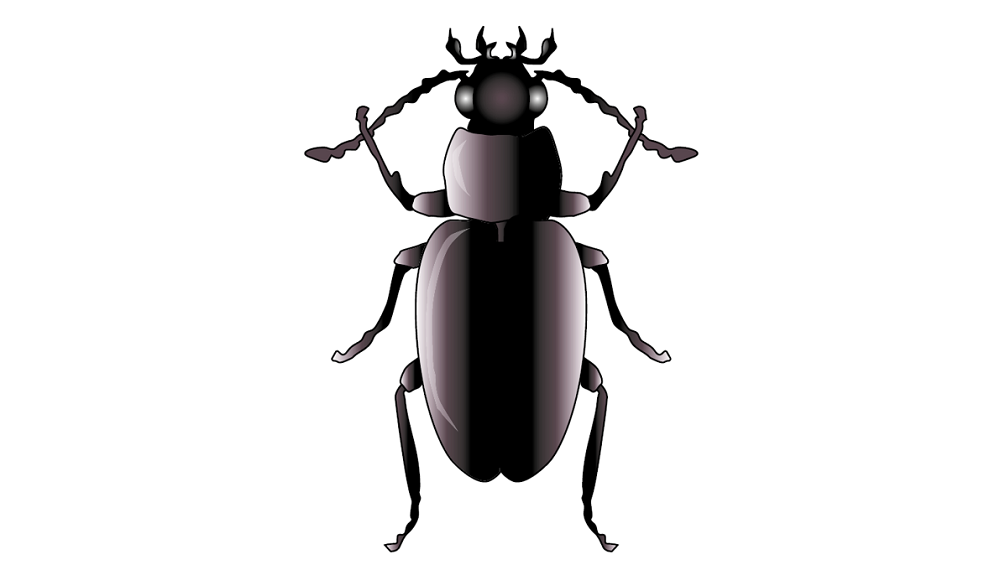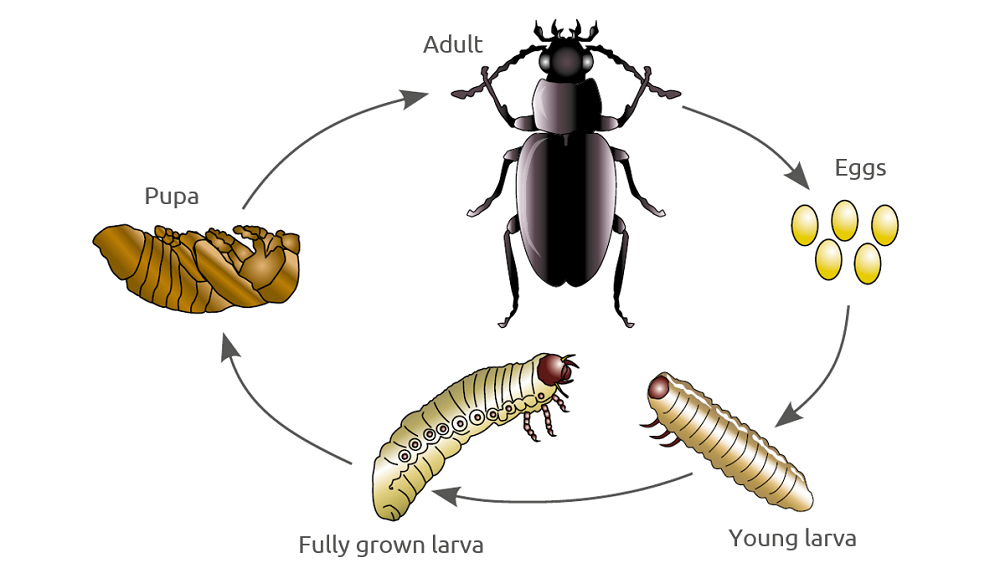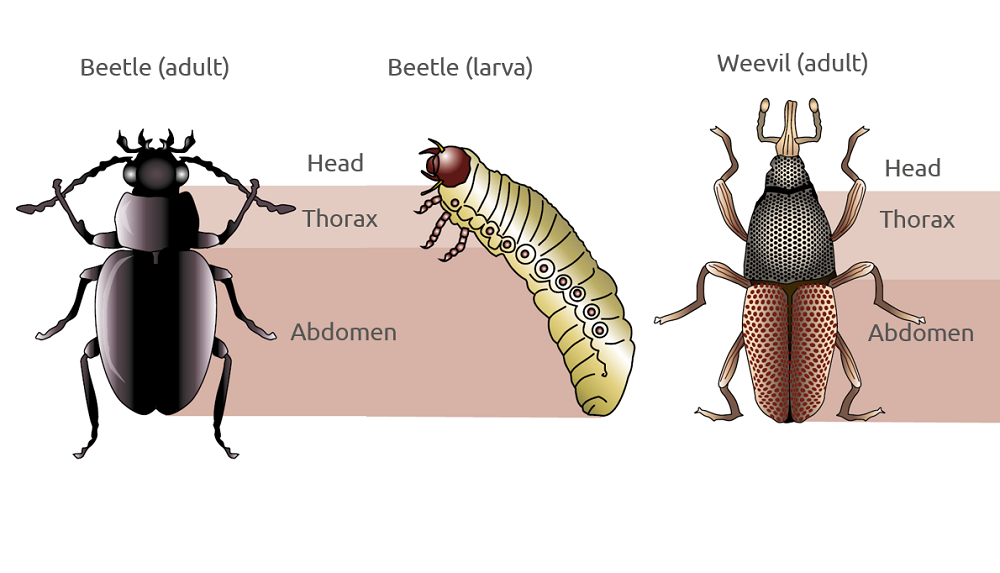- Home
- Knowledge library
- Identification and management of beetles in field crops
Identification and management of beetles in field crops
Beetles (Coleoptera) are common on farmland, but only a few species are crop pests. As most are harmless and some beneficial, it is important to recognise which ones are present to set appropriate integrated pest management (IPM) strategies.
 AHDB
AHDB
General life cycle and defining features of beetles
General life cycle
As beetle larvae grow, they shed their outer skin in a series of moults. The developmental stage between each moult is called an ‘instar’. When the larvae are fully grown, they undergo a final moult, which reveals pupae. This is a non-feeding stage, inside which the larval body is broken down and reassembled into the adult form.
 AHDB
AHDB
Defining features
Adults have a defined head and thorax and a distinct pair of hard wing cases covering the rest of their bodies. These meet in a line down the middle. Weevils, a type of beetle, have a snout and angular antennae.
Larvae have hardened, often dark, heads with biting mouthparts. They have three pairs of legs and spiracles (the openings of the respiratory system) along the sides of the body. Weevil larvae do not have legs.
 AHDB
AHDB
Beetle pests
How to encourage natural enemies of field crop pests
Many beneficial beetle species feed upon crop pests or contribute to pollination. They are also important in the diet of farmland birds and some mammals.
 Jon Oakley.JPG) Jon Oakley
Jon Oakley
Topics:
Sectors:
Tags:


 PGRO.JPG?v=637780279000000000)
 ADAS.JPG?v=637780279000000000)
 under the microscope 2 (C) HAU.JPG?v=637780279000000000)
 ADAS.JPG?v=637780279000000000)
 Fera.JPG?v=637780279000000000)
 David Kerfoot.JPG?v=637780279010000000)
 PGRO.JPG?v=637780279010000000)
 Jon Oakley thumb.jpg?v=637780279010000000)
 Rothamsted Research.JPG?v=637780279010000000)
 ADAS.JPG?v=637780279010000000)
 Dewar Crop Protection.JPG?v=637780279020000000)